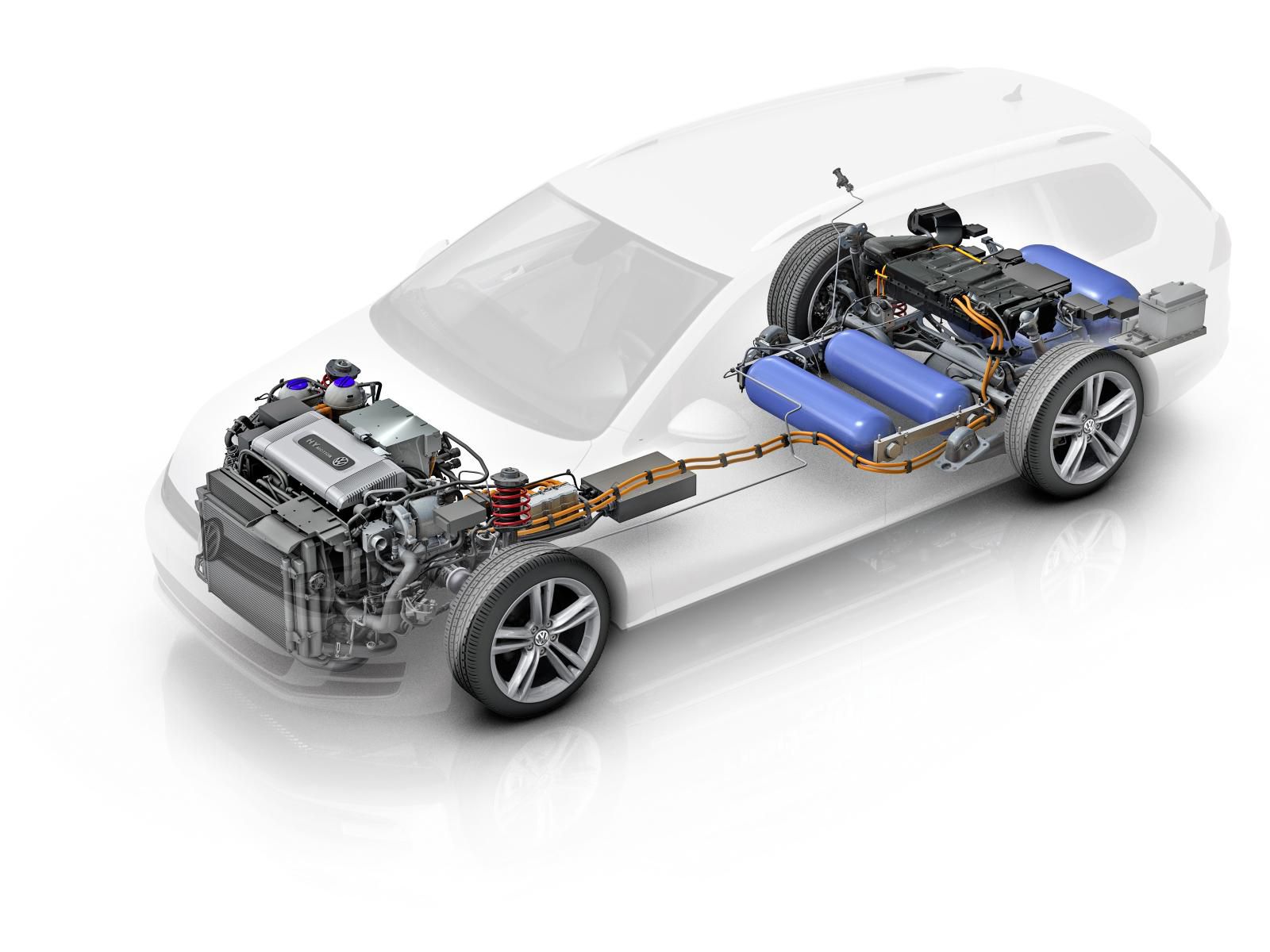Some alternatively-fuelled power options are well-known now.
Electric cars, for instance, are gaining popularity and are becoming a common sight on UK roads, especially within cities.
Hydrogen-powered cars, however, are a slightly rarer sight.
The technology they use is in its relative infancy, which means not a lot is known about how they work and the benefits they bring. We’re going to find out.
First of all, just how do hydrogen cars work? Well, in fuel cell cars, power is generated by reacting hydrogen with oxygen.
The energy that comes from this reaction is then stored in the car’s batteries. The electricity stored here then runs the electric motors which then power the wheels.

It’s better to think of a hydrogen car as an electric vehicle that is able to charge itself up. At higher speeds, the car can use its supply of hydrogen to directly power the motor, instead of recharging the car’s onboard batteries.
The benefit of this? Hydrogen isn’t used as an existing energy source, like fossil fuels. Because hydrogen is in such abundance in our atmosphere, there’s a plentiful supply, too.
The best part? The only thing it emits is water. It also takes a matter of minutes to refill a hydrogen car, compared to several hours to charge one powered by electricity alone.
However, there are a few drawbacks. Hydrogen, though plentiful in our atmosphere, is incredibly difficult to produce.
Although there’s lots of it about, it’s most frequently found in compounds such as water – which makes it difficult to separate.
Because of the huge amount of energy needed to isolate the hydrogen, fossil fuels are required – which goes against the efficiency of the car.
Environmentally-friendly ways of producing hydrogen do exist, but they’re expensive and can’t create it in great enough quantities to be useful. So the only easy way of producing hydrogen is with fossil fuels.
There are other drawbacks, too. Currently, there are only two hydrogen cars on sale in the UK today – the Hyundai ix35 and the Toyota Mirai.
Choice of cars, therefore, is somewhat limited. Also, because hydrogen needs to be contained securely and at high pressure, these cars need to carry large tanks, which take up quite a lot of space inside the car.
You’ll also have to ensure that you’re within range of a hydrogen filling station. Currently, there are just eight filling stations in the UK – with three located in the London area alone.
Though more are planned, for now it means that you’ll have to be conscious of how far you need to travel to fill up.
Lastly, and quite importantly, the cars are quite expensive. The ix35 costs from £53,105, while the Mirai commands more of a premium at £63,100. Filling them up will cost around £65, and you’ll get similar fuel economy figures to a regular diesel car.
For now, hydrogen cars are slightly hampered by a lack of infrastructure and the cost of creating their fuel in the first place.
However, with more research into them and a lowering of price, hydrogen cars may yet turn out to be the smart choice for those looking to get around in the most economical fashion possible.
